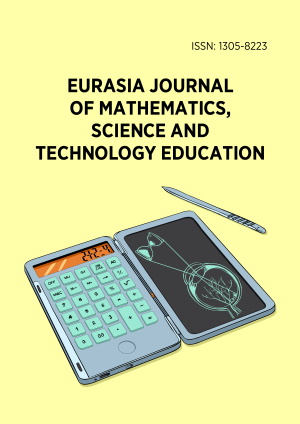Abstract
The aim of this study is to explore the key factors that motivate visually impaired college students to develop data analytics skills. Using a mixed-methods approach, the study integrates quantitative data from binary logistic regression analysis and qualitative insights from focus group discussions with undergraduate social science students. The quantitative findings reveal that the strongest motivators are the availability of adapted learning materials, teacher support and encouragement, and the perceived usefulness and relevance of statistics. In contrast, peer influence, gender, and type of impairment were not found to have significant impacts. The qualitative analysis underscores two primary barriers: technological and administrative challenges, as well as instructional and learning obstacles. These findings suggest that addressing these barriers and leveraging motivators can help create more inclusive educational programs. The study concludes with actionable recommendations for higher education institutions and instructors to better support visually impaired students in their pursuit of data analytics skills.
License
This is an open access article distributed under the Creative Commons Attribution License which permits unrestricted use, distribution, and reproduction in any medium, provided the original work is properly cited.
Article Type: Research Article
EURASIA J Math Sci Tech Ed, Volume 21, Issue 2, February 2025, Article No: em2578
https://doi.org/10.29333/ejmste/15923
Publication date: 03 Feb 2025
Article Views: 1489
Article Downloads: 717
Open Access References How to cite this article
 Full Text (PDF)
Full Text (PDF)